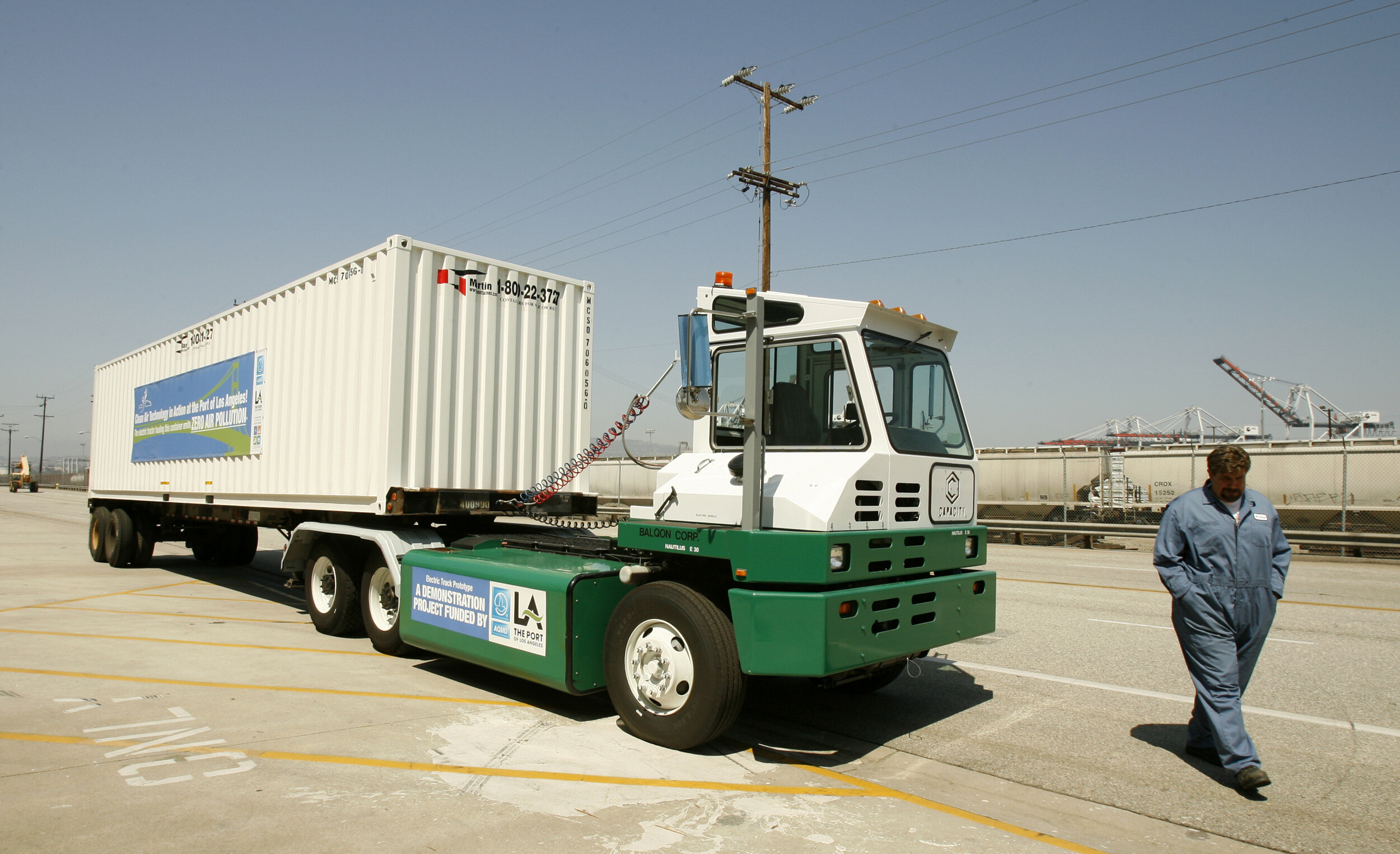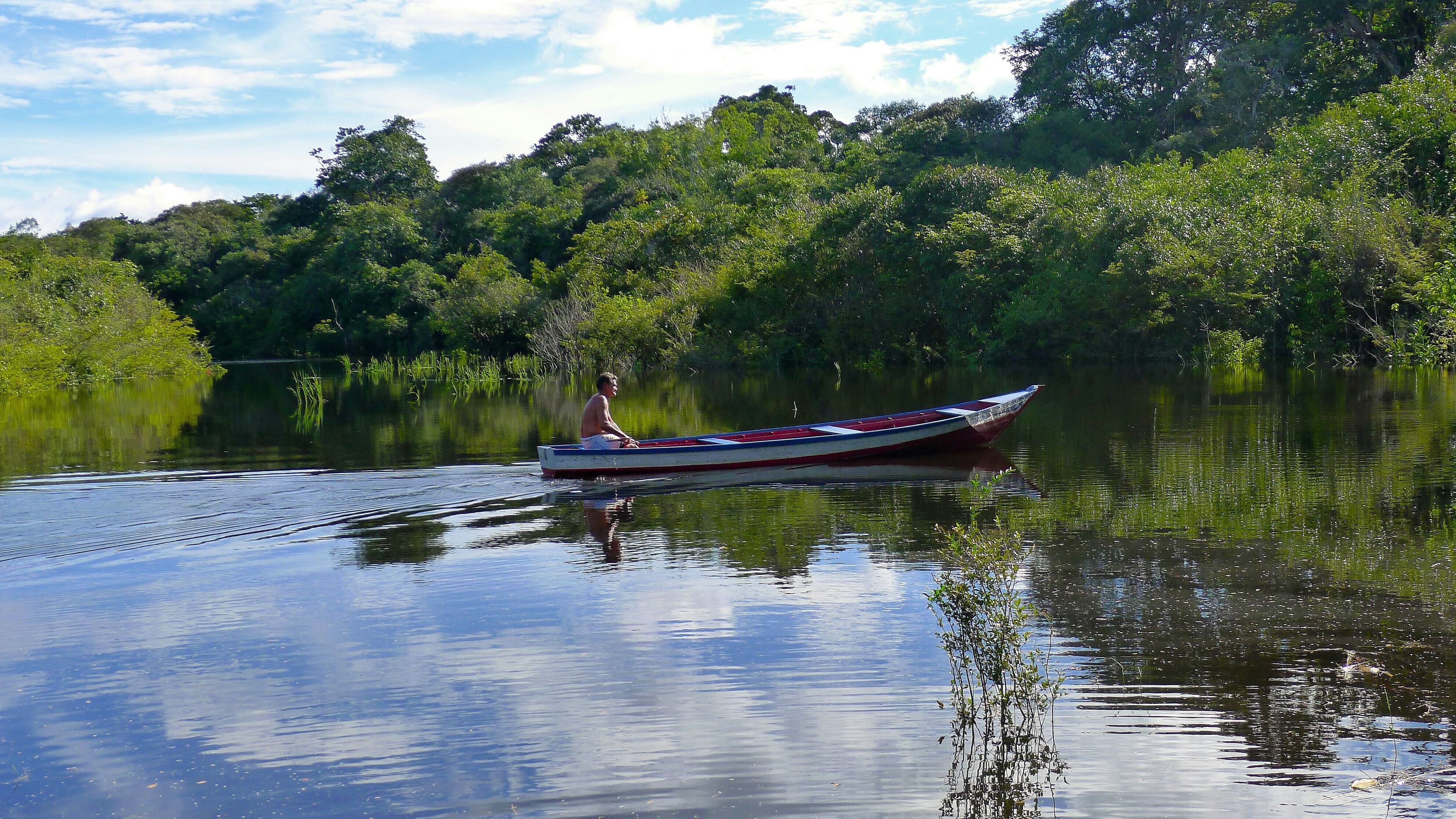These storms were so bad they made scientists want to invent a whole new category

Meet Category 6 ... a whole new level of storm severity is becoming the norm. Image: REUTERS/NASA
Scientists have suggested a new classification for storms as tropical cyclones become increasingly severe.
The Saffir-Simpson hurricane wind scale runs 1-5, with five describing near-total destruction. But experts meeting at a conference in New Zealand say there may be a need for a Category 6, as climate change leads to more extreme weather events.
Typhoon Haiyan
In 2013, South-East Asia suffered the strongest storm ever recorded at landfall, with wind speeds of 315km per hour. Typhoon Haiyan left more than 6,000 people dead and nearly 1,800 others missing. The typhoon devastated large portions of South-East Asia, particularly the Philippines; damaging more than a million houses. More than 27,000 people were injured and 4 million displaced.
The typhoon caused such destruction because it reached peak intensity just as it hit landfall; and created a 13-foot storm surge in a bay, headed by the city of Tacloban.

Hurricane Patricia
In 2015, Hurricane Patricia hit the coast of Mexico with winds of 265km per hour, making it the most powerful storm ever to be recorded in the Americas. A spokesperson for the Meteorological Organisation, Claire Nullis said that at one point the hurricane’s winds were strong enough “to get a plane in the air and keep it flying”.
The hurricane did not result in the catastrophic damage many had anticipated, as the winds stayed confined to a small area and hit a relatively unpopulated region. Patricia did cause mud slides, flooding and power outages; and forced thousands of people to flee their homes and beachfront resorts.

Tropical Cyclone Winston
In 2016, Tropical Cyclone Winston tore across Fiji, killing 42 people. With winds that reached 296km per hour, the cyclone damaged 32,000 houses, leaving hundreds of thousands of people in need of shelter. The Fijian government estimated total losses topped $1.4 billion, with hundreds of schools damaged, basic public services disrupted, and crops and livelihoods destroyed.

At the Pacific Climate Conference in Wellington, New Zealand's Climate Change Minister, James Shaw, said Winston was an example of a cyclone that could have been a category 6. “The only reason it wasn't a category six cyclone is because we don't have a category 6, but we might need one in the future.”
Category 5 was previously considered the highest category necessary because it led to total destruction of human infrastructure. Michael Mann, director of the Earth System Science Center at Penn State University, said that was no longer true due to sturdier buildings.
“Since the scale is now used as much in a scientific context as it is a damage assessment context, it makes sense to introduce a category 6 to describe the unprecedented strength storms we’ve seen over the past few years.”
Mann said category 6 “would also better communicate the well-established finding now that climate change is making the strongest storms even stronger”.
Chris Brandolino, principal scientist at the National Institute of Water and Atmospheric Research in New Zealand, said introducing another category could confuse people.
He said: “Categories are engaging to the public and it’s easy for us to understand and communicate the severity of a storm. I always encourage re-evaluating the science, but I think it requires looking at the whole scale, not just adding a category. Maybe the whole scale gets rejigged to reflect the times.”
Don't miss any update on this topic
Create a free account and access your personalized content collection with our latest publications and analyses.
License and Republishing
World Economic Forum articles may be republished in accordance with the Creative Commons Attribution-NonCommercial-NoDerivatives 4.0 International Public License, and in accordance with our Terms of Use.
The views expressed in this article are those of the author alone and not the World Economic Forum.
Stay up to date:
Climate Crisis
Related topics:
Forum Stories newsletter
Bringing you weekly curated insights and analysis on the global issues that matter.
More on Climate Action and Waste Reduction See all
Wee Kean Fong and Yvonne Zhou
November 19, 2025







